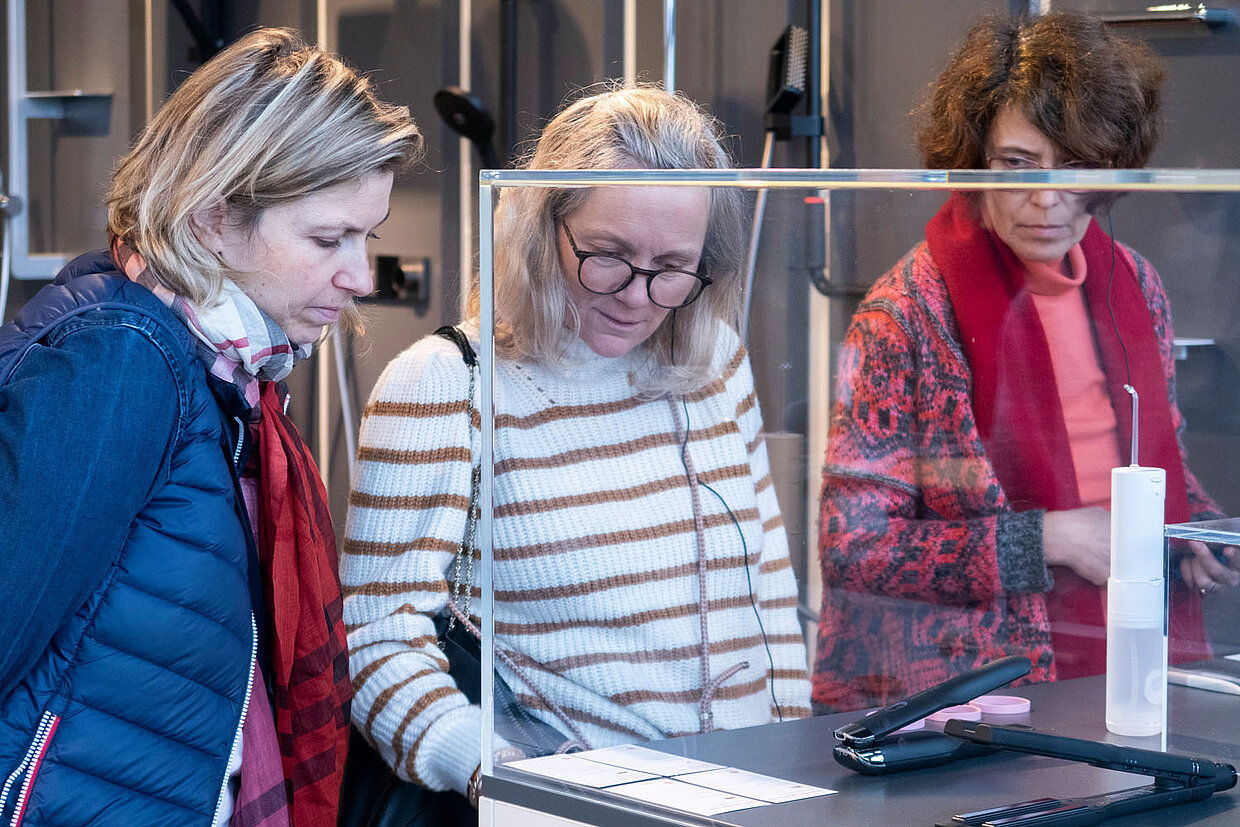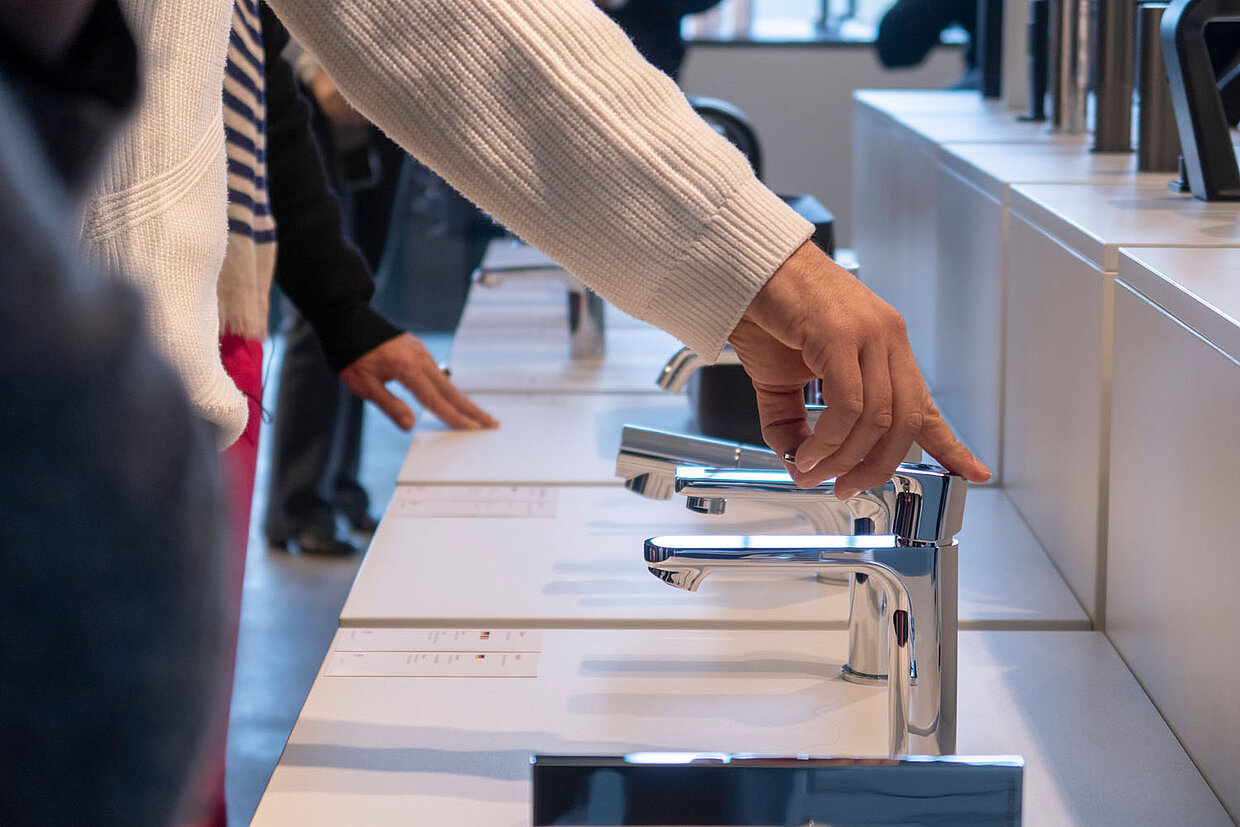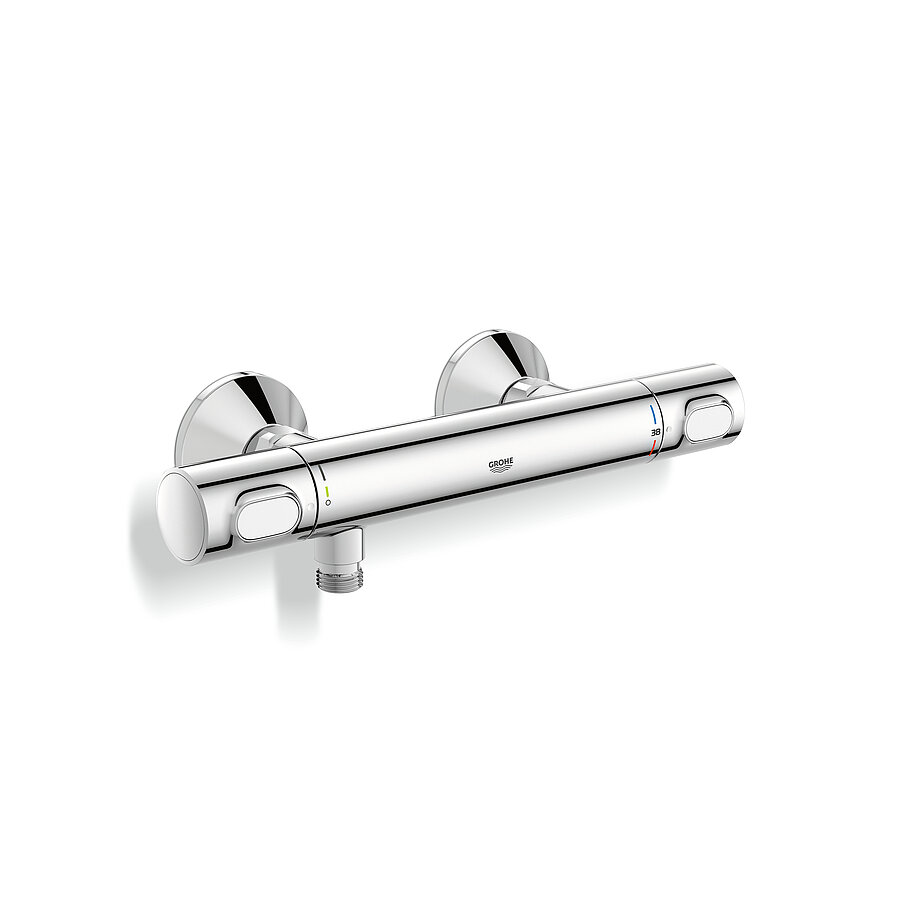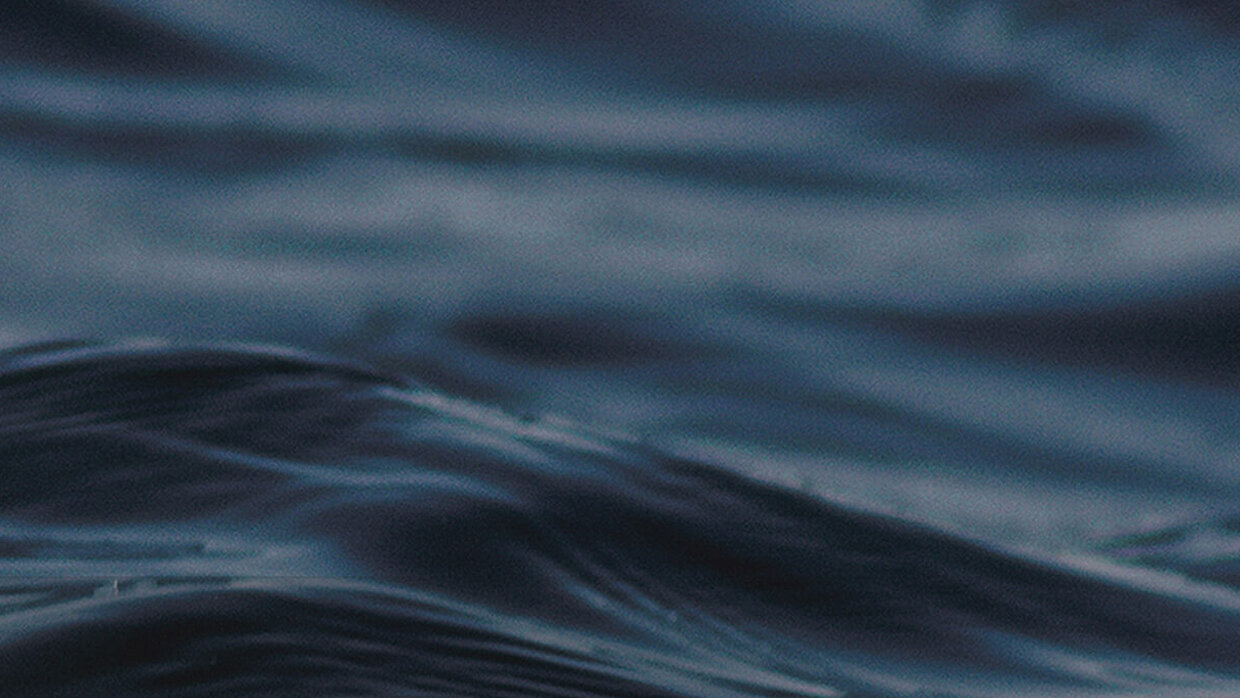
“Pure joy in water” is the slogan of the GROHE brand. For many years, the manufacturer of sanitary products and fittings from Düsseldorf, Germany has regularly scored with its designs in the Red Dot Design Awards. Around ten years ago, the former family business, which has been part of the brand portfolio of the Japanese group LIXIL since 2014, was even awarded the highest honour of the competition: GROHE is Red Dot: Design Team of the Year 2011. In the competition year 2022, five products of the brand convinced the Red Dot Jury. These and several others are exhibited in the Red Dot Design Museum. There is a separate area, in elegant GROHE blue, which shows new products as well as classics.
Patrick Speck, Leader LIXIL Global Design EMENA, who is responsible for GROHE's design, visited the Red Dot Design Museum. In addition to a workshop and a guided tour, he took time for an interview with Red Dot. In this interview, he talks about the values of the brand and the central role that design plays in this.
Red Dot: GROHE has been a very successful participant in the Red Dot Design Award for many years. Why is it important for you to participate in a design competition?
Patrick Speck: Winning an award at the Red Dot Design Award is preceded by the evaluation of an extremely professional jury. In other words, by experts who not only come from our sector, but by experts who know the entire industry and have a feeling for consumers and their needs. That is very important to us. The award then gives us self-confidence on the one hand, but above all it helps to position the work of our team externally. Thanks to the regular awards we have received over the last two decades, we can give our customers, architects and designers, the certainty that our in-house design team is respected and that we are recognised by external experts. And then consumers will also feel that they can trust the brand.
GROHE has not only been in the competition for years, but is also permanently represented in the Red Dot Design Museum. What is it like for you to see your own products in an exhibition?
I have been a regular visitor to the Red Dot Design Museum since 2006, the year I joined GROHE. It inspires me to see here in the museum an archive of the history of brands that take design seriously as part of their DNA. And for us at GROHE it means a lot to have our own space, because also from our side it gives us a feeling that we can experience our design history here. You can understand the DNA of our brand and realise that we don't want to replace all products with new ones every year. We always try to find a mix and keep some of the old classics that have won awards in the past and add the new stuff. This creates a balance. It is important for us to see where we come from and where we want to go.
This year, five products were awarded by the Red Dot jury. What characterises the design of the current collections?
With all GROHE products, regardless of when or how they were designed, it is important to us to maintain the design DNA and value of the GROHE brand. In each of the award-winning products from the new collections, you can see our signature elements of “Ring”, “Seven Degrees” and “Lozenge”. It's almost like a semantic aesthetic code when you step into the product and start reading little elements. But it's not just the aesthetics and the form, but also three values that are very important to us, which we call “easy”, “human” and “performance”. They mean that a product cannot only be aesthetic, but must also convey its intention. So a common point in all the products is that they are very simple, i.e. “easy”, and intuitive to use, so that you don't have to spend time understanding how to work with them. “Human” means that while all the products have a certain kind of technology or engine, or that they are mass produced, we make sure that all the objects have a human touch. We humanise the harshness of an industrial product and make it accessible to people. The “performance” means that the consumer can do well the task they want to do with the product and that the product makes their life easier.
Where is GROHE heading in terms of design? Are there any key areas that the design team is focusing on?
There are three macro trends that we consider in our new designs and that GROHE and the LIXIL Global Design Team mainly focus on. One of them is urbanisation, understanding how people actually live. We know that cities are becoming more and more populated and the spaces for individuals are becoming a bit more reduced. We understand that we need to offer solutions that meet all the needs that come with that. These can be modified functional products or products that support their lives. One of the other aspects would be health and well-being, for example. We know that there are different issues in that regard, such as hydration. There are products, like the GROHE Blue water system, that offer the user fresh, filtered mineral water straight from the kitchen tap. But we also talk about well-being, about emulating a wellness experience at home. When you go to a hotel, for example, you see a beautiful spa. So we focus on creating a bespoke experience for the shower in the private bathroom that creates that spa feeling. The third point is sustainability. We have a huge responsibility as designers to understand and deal with resource scarcity, because we are producing products that consume these resources, first and foremost water and energy. Finding ways to save water is one of the key points for us. Our brand stands for "Pure Joy of Water" - so it is our duty to maintain this joy and take initiatives to reduce water consumption or recycle water. But also to think about alternative materials and finishes that support the idea of sustainability and the circular economy. And design plays a big part in all of this.
Since this year, the Red Dot Award focuses even more on the makers of the products, i.e. on the design teams. What would you say distinguishes your team, the LIXIL Global Design Team?
I think, first of all, their passion. They are really experts in what they do. They are curious. But at the same time, they are humble. It is important to us that the team is culturally and gender diverse. Although GROHE is a traditional German brand, we have more than seven different nationalities in our team. This counts towards the fact that GROHE is, after all, a global brand and we want to understand the people for whom we make the products in order to remain relevant in the future. Putting your trust in an in-house design team is not common in the sanitary industry and we are very proud of that.
I see a lot, I see how things are going. But the team is really responsible for bringing all the passion and knowledge into the products. It's a recipe for success that people have fun doing what they do on top of that. They have fun, they try out, they test. I would say they never give up without finding a solution. And one thing I've learned is that if it is not right, they feel it is not right. It doesn't take me to say, “Guys, it's not right.” We work very cooperatively. It's about a team understanding. And I think that's what's made us successful over the years and ultimately unique.
You can get to know the design team better here: to the designer profile
















![[Translate to English:] [Translate to English:]](/fileadmin/_processed_/7/b/csm_91-05432-2022BC.0837210_CO_79c5357c75.jpg)
